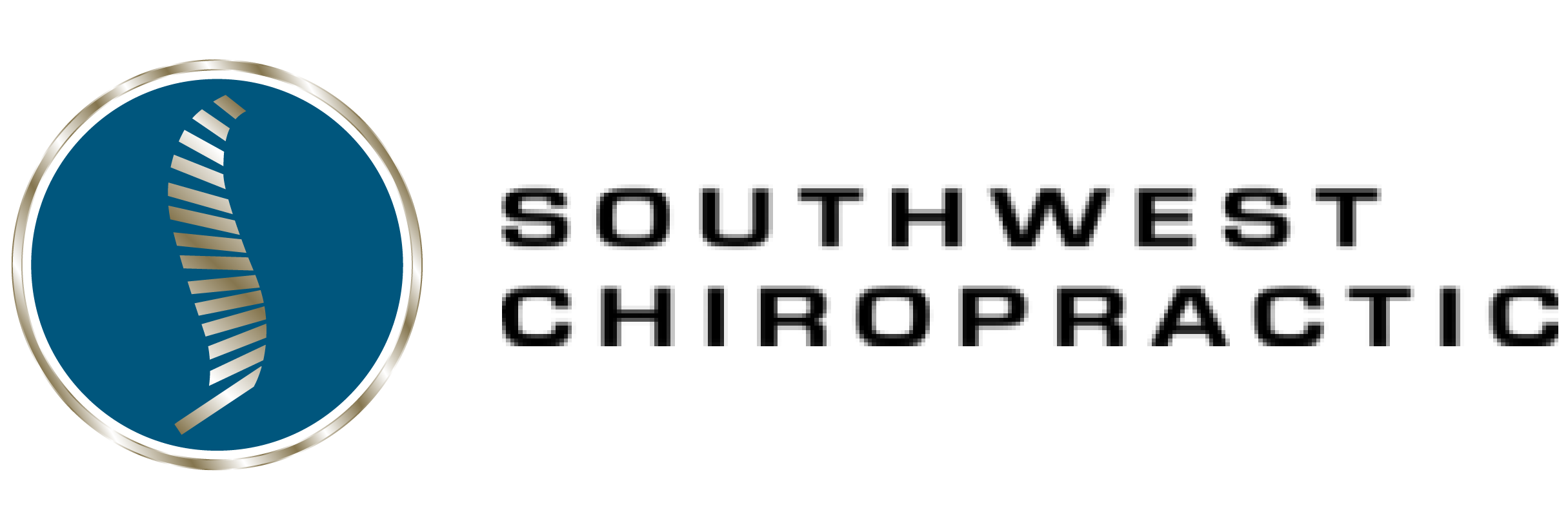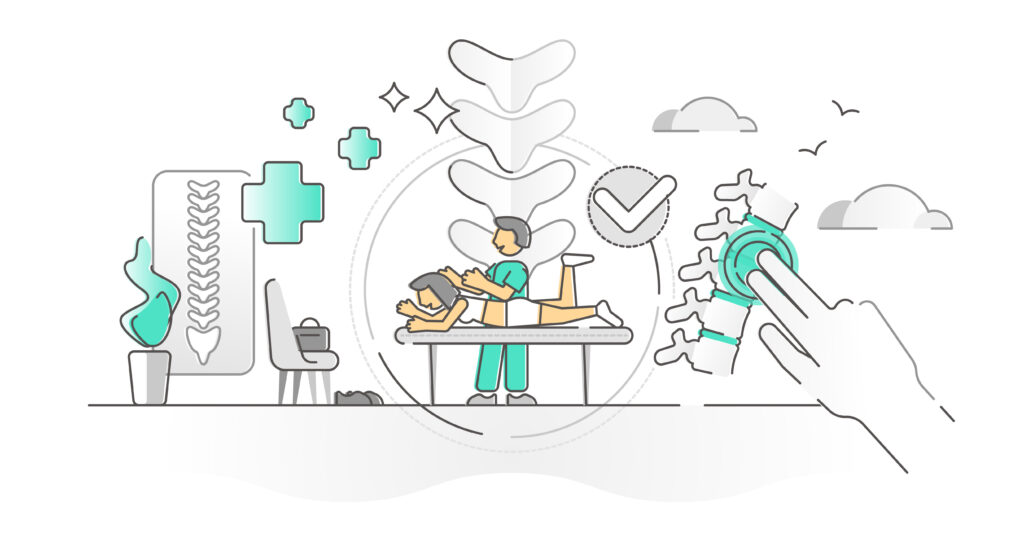Pain is complicated. The treatment of chronic pain has always been at the forefront of many healthcare providers. Chronic pain is one of the most common reasons adults seek medical care. For some time, the treatment of chronic pain was often reduced or limited to the prescription of strong opioids, which—for some people—caused dependency issues.
In 2017, the Department of Health and Human Services declared a public health emergency as deaths from opioid abuse continued to skyrocket. As investigations and studies emerge, they’ve revealed that several factors play a role in these alarming numbers. There is some correlation between the overprescription of opioids to treat pain and addiction to these drugs.
So, how has the medical community approached chronic pain treatment while eliminating the over-prescription of opioid painkillers or drugs? Chiropractors are working to be part of the solution to help people manage and cope with their pain as they remain active and take control of their lives.
How Chronic Pain Relates to the Opioid Crisis
The increase in the prescription of opioids for pain management in previous years has led to an abundance of caution when treating chronic pain with an opioid prescription. According to the CDC, chronic pain is not only linked to limited mobility and a decreased quality of life but there is some connection between people prescribed opioids for chronic pain and the chances of developing a dependency on them.
In 2016, more than 60 million patients had at least one prescription for opioid analgesics. Finding alternative ways to treat and manage pain is now a preoccupation of many healthcare professionals and chiropractors.
The number of people affected by the opioid epidemic has been staggering in recent years. Here are just a couple of statistics:
- 49,860 people overdosed from opioids in 2019
- Pharmacies fill 153 million opioid prescriptions in a year
- Prescription opioids are a factor in 32% of opioid overdose deaths.
Recent research supports the idea that even one day of opioid usage carries a 6% chance of that person remaining on opioids one year later. This indicates that once somebody is prescribed only opioids for pain relief, some risk of dependency exists. And yet, there are other ways to mitigate chronic pain and chiropractic solutions are helping many.
Why Pain Management Matters
Pain is complicated. Although there are two main categories of pain: acute and chronic, the degree, frequency, and experience of pain differ from person to person. There is very much a psychological and emotional component that is interconnected to a person’s experience of pain. While pain affects people differently, chronic low back pain or neck pain can alter the way a person lives day-to-day.
When a patient exhibits chronic back pain, alternative methods of pain management will prove more productive in the long term. Chiropractic care has played an important role in serving as an alternative route for people who live with pain. According to some recent studies, the use of chiropractic interventions had a 64% lower chance of receiving an opioid prescription compared to those that didn’t use chiropractic methods.
Using Chiropractic Care for Pain Relief and Return to Mobility
In recent years, health care professionals have focused their energies on non-surgical, non-invasive, and non-pharmacological interventions for pain management. Chiropractic therapy is a functional approach to ailments of the body. It focuses on the structure and anatomy as focused on the spine. So much of what chiropractors do revolves around the pain that originates from or manifests in the spine or around the back. The manipulation of the body’s alignment encourages the body to heal itself.
Help with Back and Neck Pain
Back and neck pain are some of the most common musculoskeletal issues that afflict people in the United States. Millions of Americans visit a chiropractor every year seeking relief from the pain caused by these common musculoskeletal issues. As reported by the Cleveland University of Health Sciences, chiropractic study aims to help chiropractors identify how patients can respond to conservative manual manipulation to reduce pain and reduce (or possibly eliminate) the need for opioid prescription or surgery.
Chiropractic care also includes:
- Manual or manipulative therapies
- Postural and exercise education
- Special re-training of walking or sitting to avoid pain
As Harvard Health reports, there is plenty of positive research on the benefits of spinal manipulation and back pain. The American College of Physicians recommends chiropractic care as an alternative to pain management.
Find Chiropractic Care in El Paso and Manage Pain Naturally
Southwest Chiropractic has been serving El Paso for almost two decades. Our doctor has been practicing in El Paso for more than 18 years. If you are living with lower back or neck pain, seek natural ways to treat your pain. Our team wants you to return to your daily life without pain.
If you are having trouble with lower back pain or neck pain, contact Southwest Chiropractic today. Chronic pain is no way to live. We’ll help you fight it.


